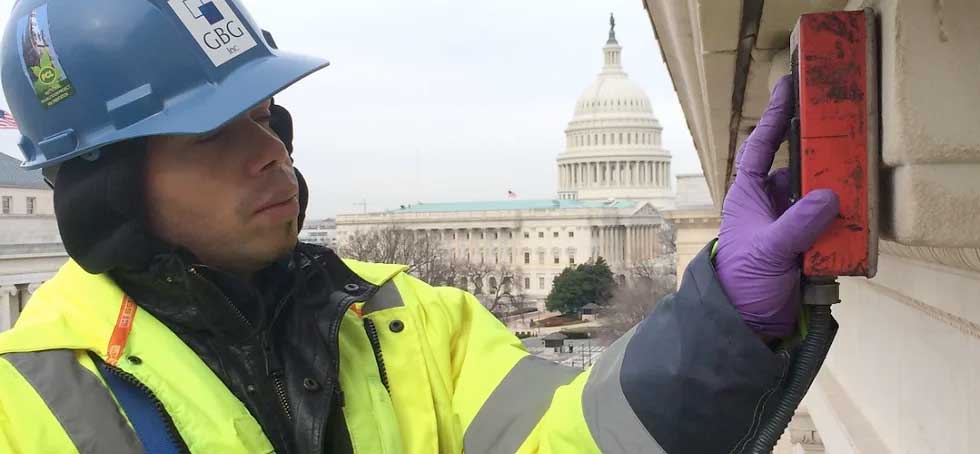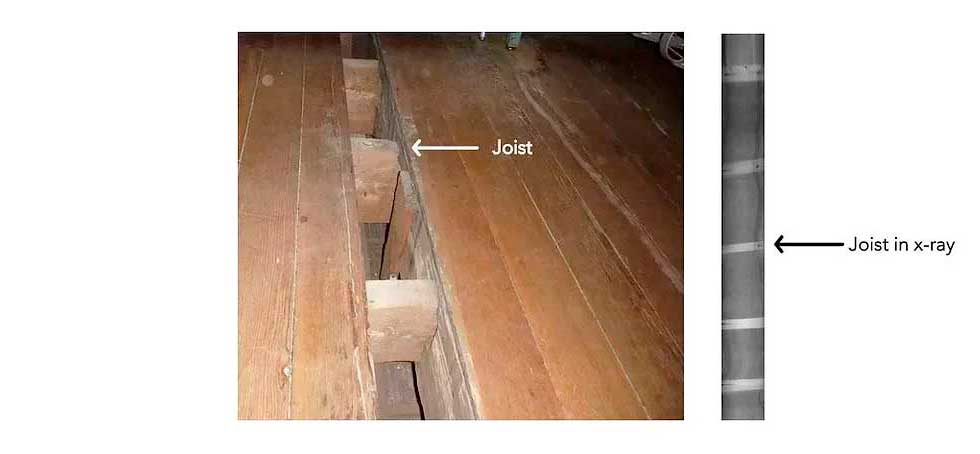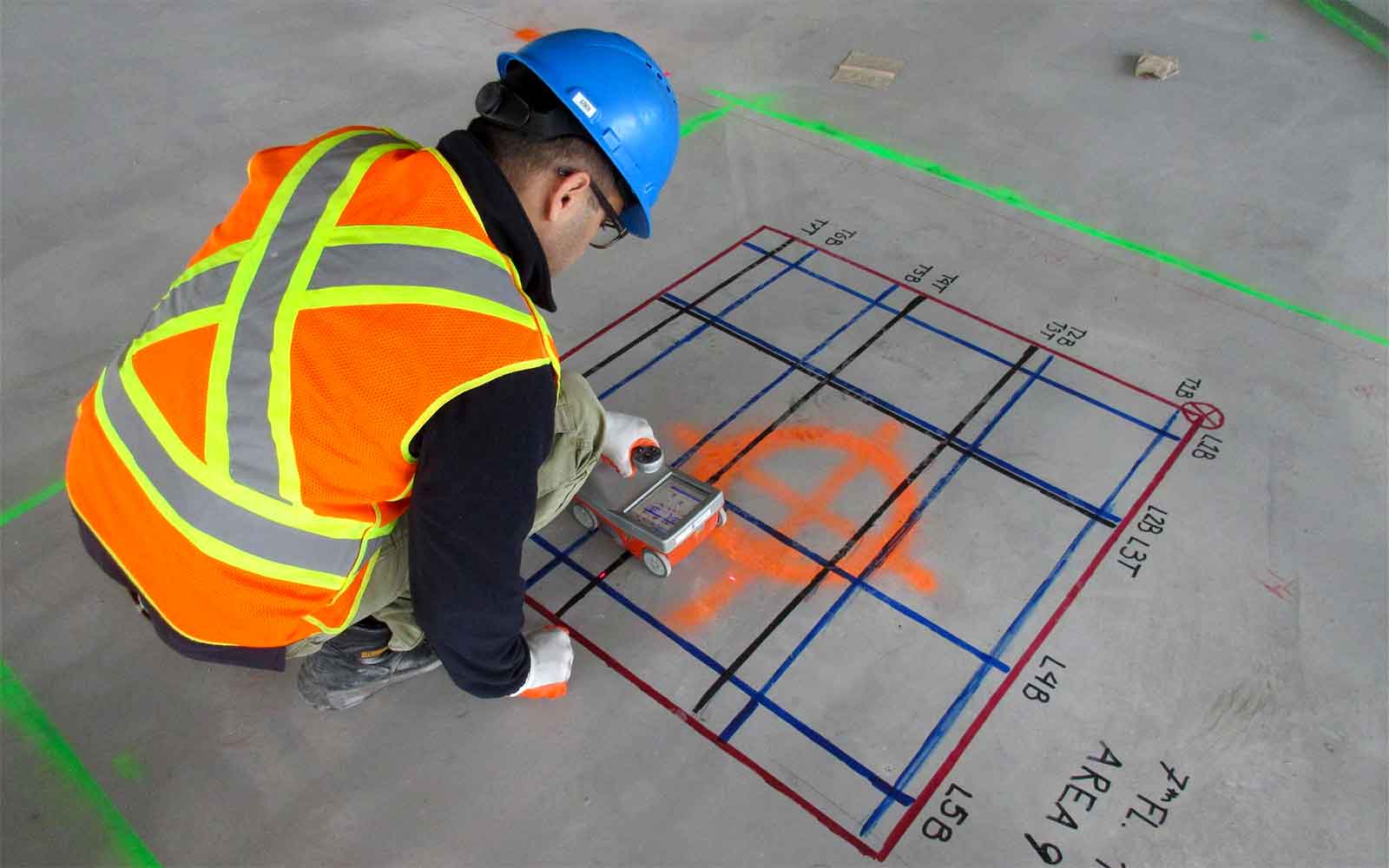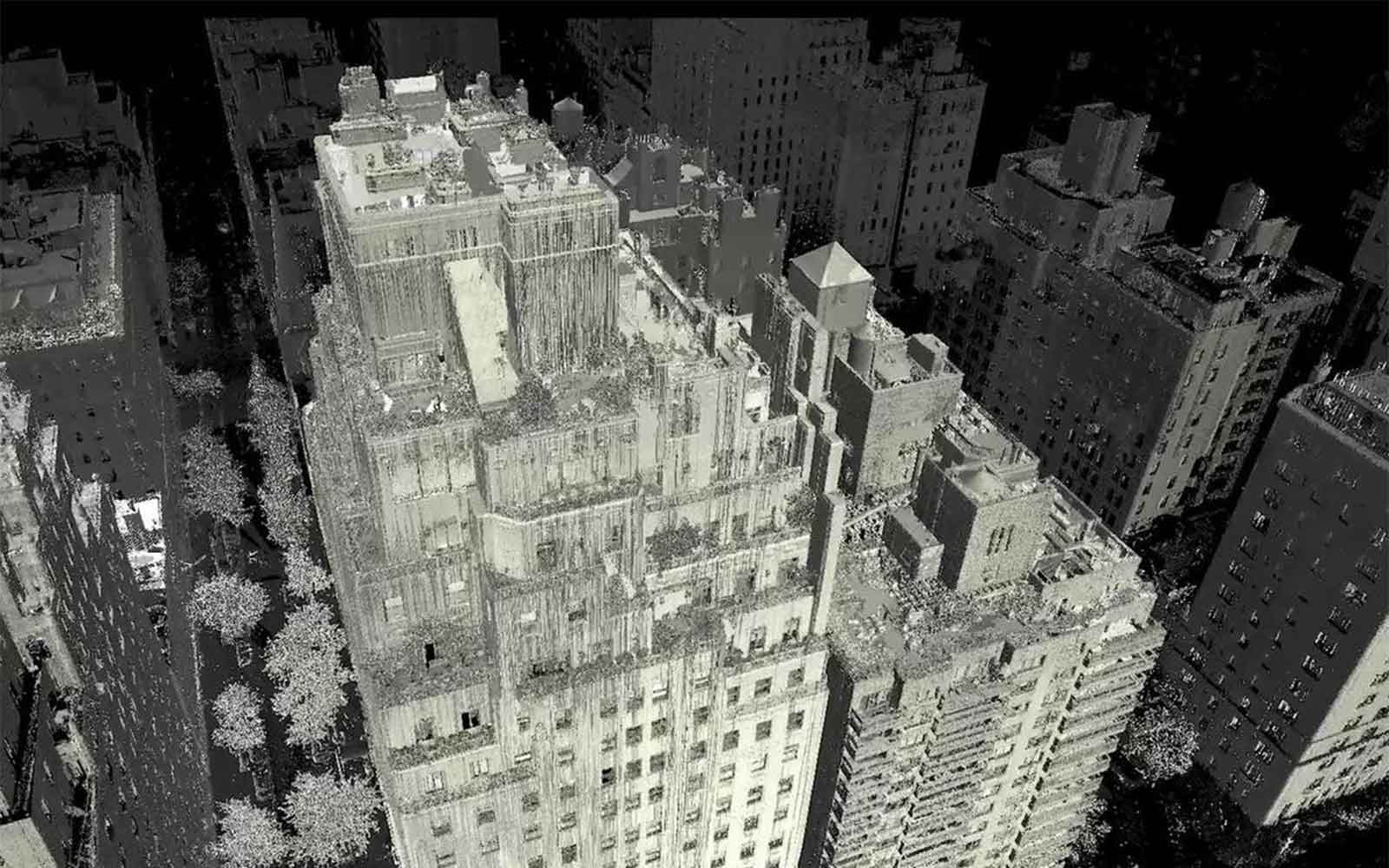Architecture and Preservation
Historically sensitive buildings subject to preservation or renovation efforts often require NDE to identify construction arrangement details and conduct condition assessments to inform design with little to no impact on the building.
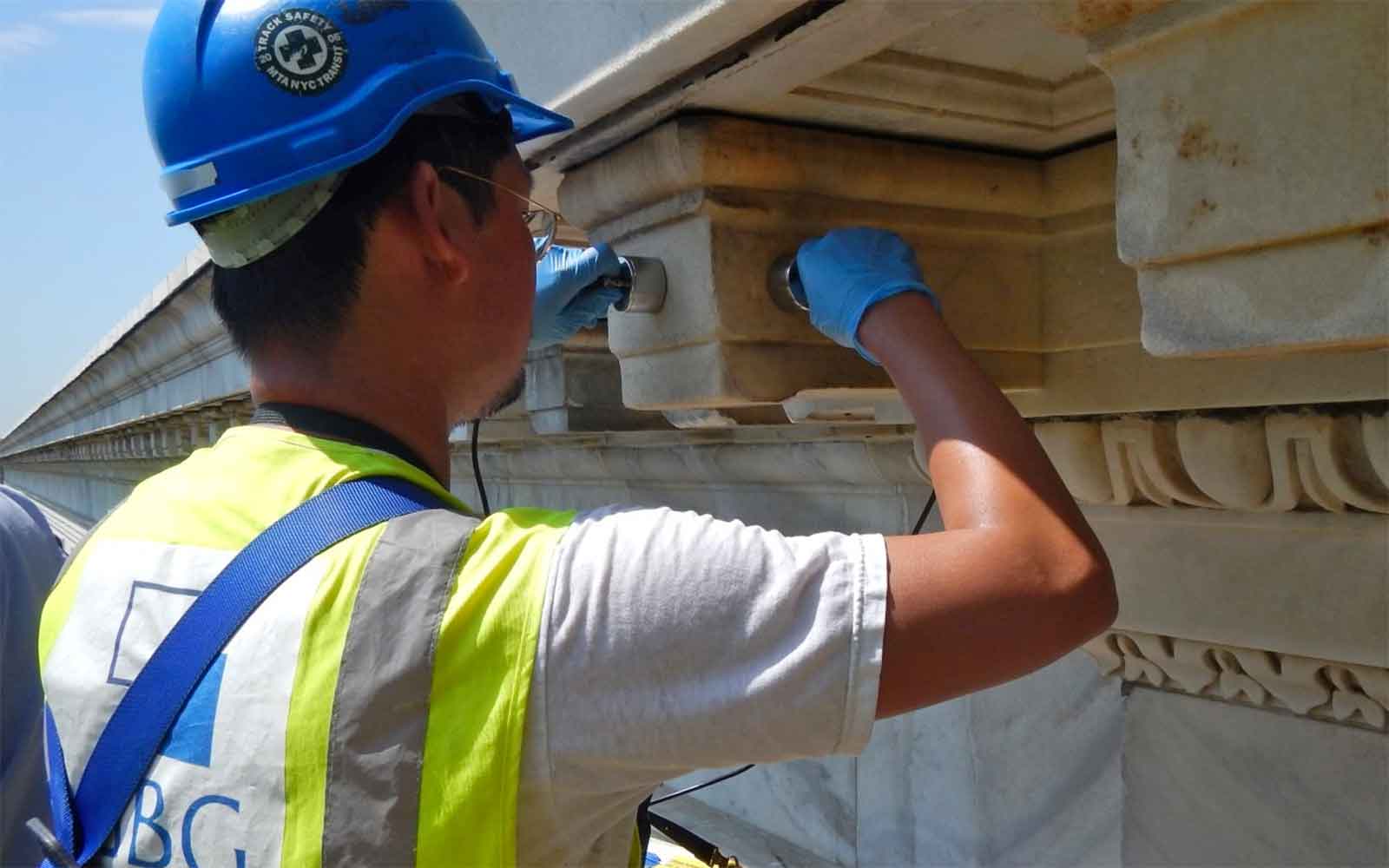
Architecture and Preservation
Historically sensitive buildings subject to preservation or renovation efforts often require NDE to identify construction arrangement details and conduct condition assessments to inform design.
Techniques such as GPR, Impact Echo, Metal Detection, Ultrasound, Backscatter X-Ray(BXR) and Infrared Thermography can be used to identify structural elements with little to no impact on the building.
Methods include:
Historic Construction Details
Using NDE techniques such as GPR and metal detection to map reinforcement locations and create sections of historic components.
Rectified Infrared Thermography
The use of infrared thermography can help to identify building deficiencies, including moisture paths, cracks, and inefficient insulation.
Backscatter X-Ray
In a historic home, the known position of timber floor joists below the floorboards was required here so that modern utilities could be retrofitted to this 19th Century building; this was accomplished using a backscatter x-ray image of the floor joists.
Anchor Corrosion Identification
Using NDE techniques, the position and corrosion condition of anchors embedded within a stone facade can be plotted in order for a schedule of repairs to be drafted to prioritize those locations where risk of spalling is greatest
Brick Bonding
Sub-surface condition assessment of historic brick masonry using NDE techniques such as GPR.
Ultrasonic Pulse Velocity (UPV)
Ultrasonic Pulse Velocity measurements of a material are taken to assess the mechanical properties of materials such as strength, integrity and crack depth.
Here, the UPV measurements are taken from a marble modillion to determine its integrity.
Featured Work
GBG investigates a wide range of structures from historically significant buildings to small private residences.

